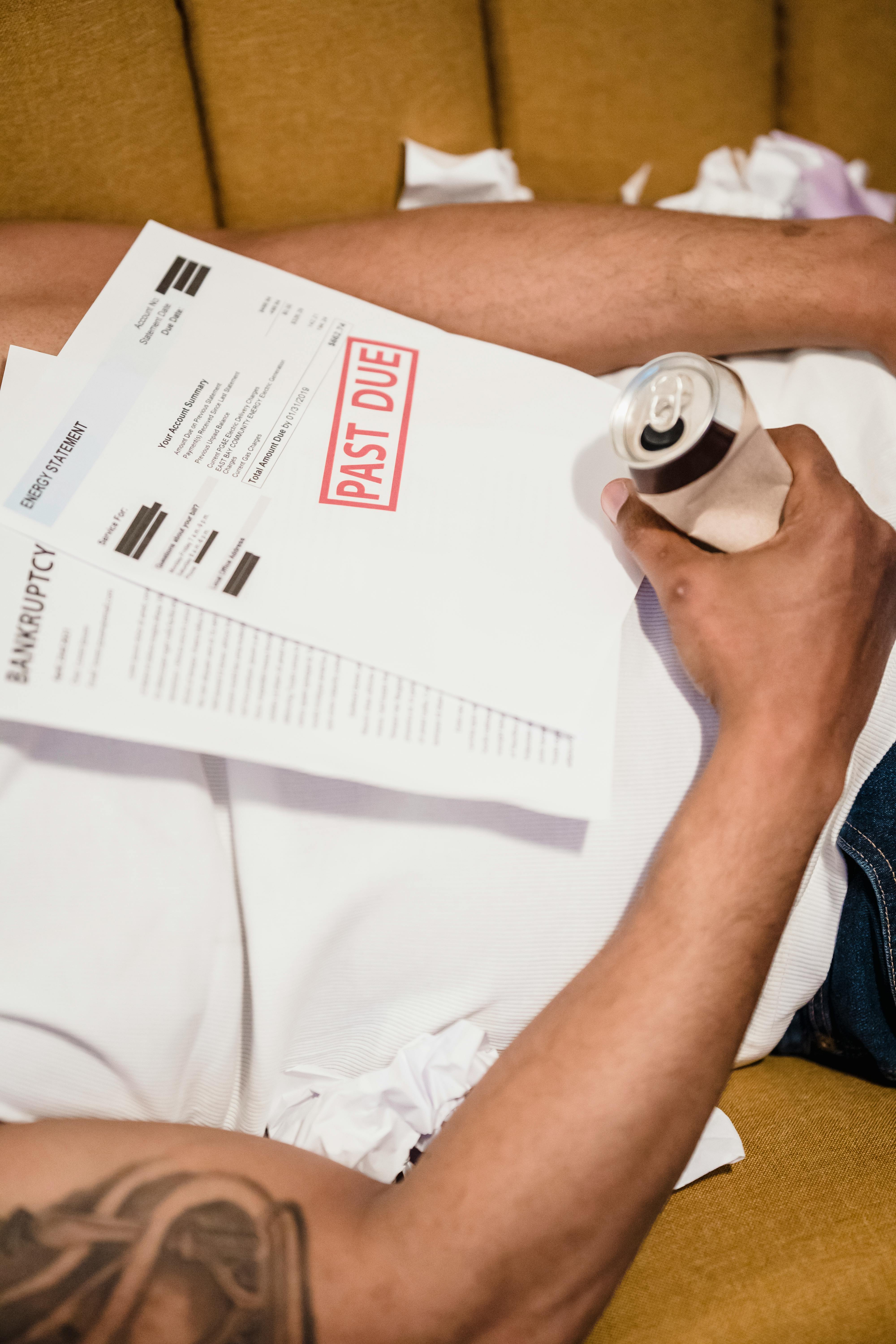Debt is when you borrow money and have to pay it back over time with interest. You can read more about what debt is in my previous blog. Being in debt can be overwhelming. If you feel overwhelmed by your debt, you aren’t alone. The average American has about $25,000 in debt apart from their mortgage (DeMatteo, 2020). The problem here is that when you are paying lenders back it’s hard to save money for things like retirement, a home, or emergencies.
I want to help you plan on getting rid of your debt so you can save for your future, and this blog will get you started. Here are 4 tips:
Create an emergency fund
Before focusing on paying your debt back, it’s important to have enough money saved up for emergencies. Emergencies can mean anything from medical accidents to car repairs. My emergency fund also includes 3 months of living expenses in case I lose my job. This will assure I can still afford rent, groceries, and gas for three months while I’m not earning income. Your goal should be to increase your emergency fund every year, as expenses tend to increase over time. But if you are in debt you should atleast have enough saved up for bare bone emergencies like minor car repairs or doctor visits. Emergencies will inevitably happen, and being in debt can hold you back from having disposable income for emergencies. Save the money for emergencies now so that you aren’t scrambling for cash when an emergency “suprises” you.
Assess your expenses
Next, review your monthly expenses and identify any non-essential payments. This includes things like unused subscriptions, frequent shopping sprees, or ordering out food. Once you get out of debt you can assess your budget again and reintroduce these things. But to tackle debt head on, suspend non-essential expenses. This can help you put cash towards increasing your monthly loan payments to get rid of your debt faster.
Debt snowball payment method
Dave Ramsey, finance guru, talks about a great way to pay off debt. His method is known as the debt snowball method. This method has you list out your debt from smallest to largest, regardless of interest rate. Make minimum payments for all your debt, except for the smallest one. He describes it in detail here. Below is a summarized version.
For the smallest one, pay this off as aggressively as possible. This means any cash birthday gifts, work bonuses, or leftover extra cash should go towards getting rid of your smallest debt ASAP. Once it’s eliminated, begin to aggressively attack your second lowest debt while paying minimum payments to the rest. Repeat this process until all debt is paid off.
The logic here is that if you begin to pay your largest debt first, it will take you a while to pay off. While it took you a while to pay it off, your smallest debt grew much larger due to interest. Get rid of your smallest debt to assure it doesn’t continue to grow.
Dave Ramsey also states “If you’re going to get rid of your debt once and for all, you need to see quick wins and feel like you’re making progress…”. The debt snowball method assures you are heading in the right direction with immediate results. This motivates you to keep going with the rest of your debt.
Don’t take out anymore debt
While paying back debt using the snowball method, stay away from adding to your debt. This means staying away from credit cards, taking out a loan for a car, or buying a house. There is a time and place for all those things, but while you are already in debt, taking on more debt will only make paying back your original loans harder. Buy a car with cash if needed, use a debit card and cash for living expenses, and don’t consider buying a house until your previous debt is paid. The best way to get out of debt is to stop yourself from continuing to contribute to your debt!
Being in debt can get in the way of a lot of life goals, but it doesn’t have to. Use these 4 tips to get rid of your debt once and for all so you can begin the next step of your financial journey, investing.
To learn the basics of what investing is, check out this blog.
